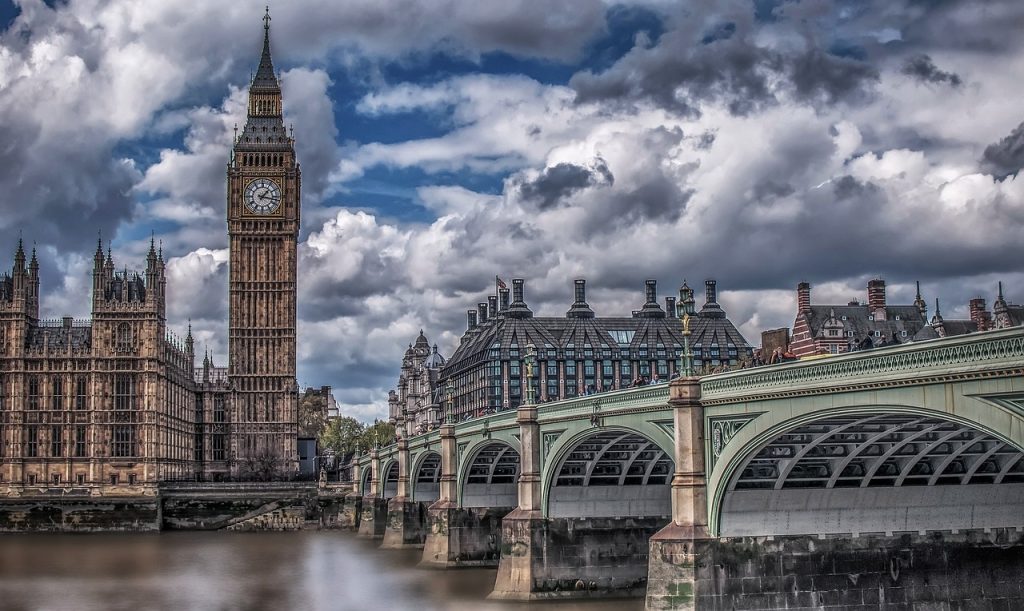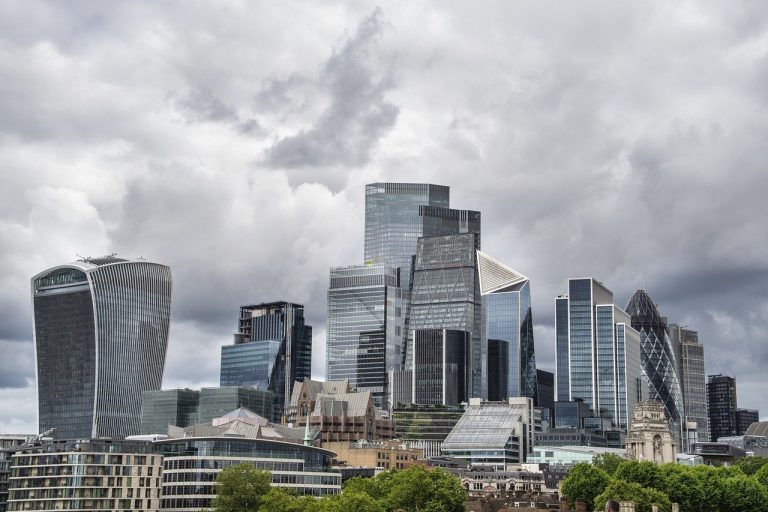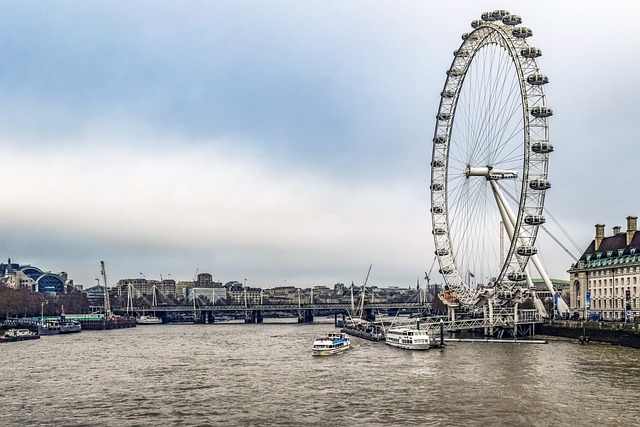
A Beginner’s Guide to Sustainable Urban Drainage (SUDS)
Why Do We Need SUDS?
When working on a project designing the drainage system may not seem as exciting as choosing materials or planning the décor. Pipes and manholes may not be as appealing as that huge walk in shower but by using sustainable drainage techniques you may be able to reduce flood risk, help the environment and even save money.
The traditional way of dealing with rainwater is to remove it as quickly as possible using underground pipes. This system works well in normal circumstances but during very heavy rainfall the piped system is often overwhelmed which in turn causes flooding. Other problems with traditional drainage systems include:-
- Rain water doesn’t pass through the soil into the groundwater which in turn doesn’t find its way to rivers and streams. This can cause the amount of water in rivers to become too low to support wildlife.
- Pollution from paved areas, such as oil or toxic materials, is can find its way into rivers and groundwater.
- The concentration of rainwater caused by water flowing from piped systems causes unnatural surges of water in rivers and streams.
Traditional & Newer Ways
This traditional system is now seen as unsustainable and new alternatives are being developed. This move is supported by planning policy and is covered in detail in Planning Policy Statement 25 (PPS25)
What Can You Do?
Large scale SUDS schemes need specialist technical knowledge and careful design but it is possible to include simple features that will make a positive impact.
These features include
- Permeable paving – this allows rainwater to pass through it into the ground below. Permeable paving can be as complex as permeable asphalt or as simple as gravel.
- Water Butts – during heavy rainfall the water butt fills up and delays the flow of water into the piped drainage system. This only works if the butt is emptied between downpours.
- Disconnecting downpipes – if space allows downpipes can be directed to disperse water onto open areas such as lawns.
- Green roofs – these absorb some of the water as it falls onto the roof and also provide wildlife habitat. Sheds are a great place to experiment with a green roof.
More Ideas
If space is available within your site you can include ponds and basins that temporarily hold water during heavy rainfall and then allow it to slowly disperse. These features even out the surges in water flow that can cause flooding. The ponds can be planted with species that help filter pollution and can also be designed as a wildlife habitat.
Saving You Money
Many people don’t realise that their water rates bill includes an element that covers taking away the rainwater from their property. If you can demonstrate that none of your rainwater flows into the formal drainage system this part of your bill won’t be charged. On a large commercial site this can result in a significant saving so it is worth investigating.
Summary
SUDS is based on very simple principles and a basic features can be easy to include. Not only will they help in a small way to reduce the flood risk in your local area they will also help maintain water flows in rivers and streams which in turn support wildlife. And finally they are lot more attractive than manhole covers and pipes!



